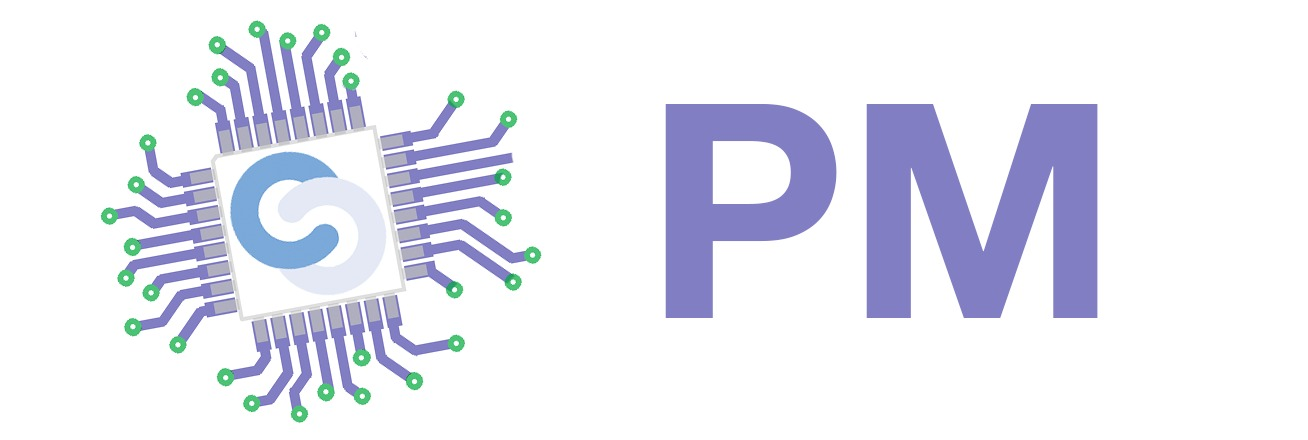ASL (Automated Signal Loads)
Autor: Andru-Tudor BADIU
I. Introduction – paper aim and background
If you live in a major city, I can take a pretty good guess at one of your most common frustrations: traffic.
Firstly presented at the Student's Scientific Session of 2021, this project started like a pipe dream, Bucharest without congestions. After winning 1st place with my dissertation, I knew I wanted to continue this endeavor, by creating a device of my own that can handle traffic volumes.
I hereby present you my project: ASL (Automated Signal Loads)
II. Summary - ways of controlling traffic picture
We just discussed about the paper aim, my background and the prior research the project has. Next, we shall enjoy learning about the mechanism behind the proposed project at hand.
At each approach to the intersection, there is one direction vehicles can go, called a through movement. These movements are grouped into phases of traffic signal. For example, the through movements on opposite approaches are grouped into a single phase because they can both go at the same time without conflicts.
Ideally, the green light should last at least long enough to clear the queue that built up during the red light. This isn’t always possible, especially during peak times on busy intersections.
An infrared sensor equipped with actuated control software will simply see the additional traffic and adjust its phasing accordingly. In the case where the proximity sensors malfunction, there is a backup pressure sensor embedded in the electronic board, that can feel if the discovered new car actually weights anything.

Schema Tinkercad
Mai jos este reprezentata schema pentru ASL:

III. Hardware Design
The necessary components are as follows:
- Arduino UNO
- Specific Colored LEDs
- Rezistors
- Electrical Wires
- IR Senzors
- Breadboards (12X18cm)
- Buzzer
- Design Materials
From the Arduino Uno, I use the following:
- (Vcc) Power Supply of 5V, GND
- pins 2 - 4 for operating leds at Road A
- pins 5 - 7 for operating leds at Road B
- pins 8 - 10 to obtain the output from the proximity sensors and the buzzer
IV. Software Design
In the software part, I used the following tools:
- defines to remember the role of different entities (for example: the pin that orders the red color of a road, the duration in milliseconds of the yellow collor of total number of iterations in a loop) - the digitalWrite function is used to keep certain LEDs operational in regards to the code's logic ; the digitalRead function on the other hand is used to read the results of the IR Sensors - defined functions for setting certain steps from the ring-and-barrier diagram (for example, set_red_a sets on HIGH the corresponding pin for the red LEDs in the road A)
A loop (ROAD_A_LOOP) has a defined number of iterations. At each iteration, the sensors are checked, and in case the current road is empty and the perpendicular road is full, the counter is started, otherwise, it resets to its initial value of zero.

V. Conclusions
What did I accomplish with this endeavor?
The project is the start of my bachelor degree project, with it being a miniature intersection, that is able to guide traffic in a smart way, through sensors and traffic lights.
What did I learn? -to use arduino in a practical way
-to learn cable management in order to achieve maximum efficiency
-to organize a project, start to finish

